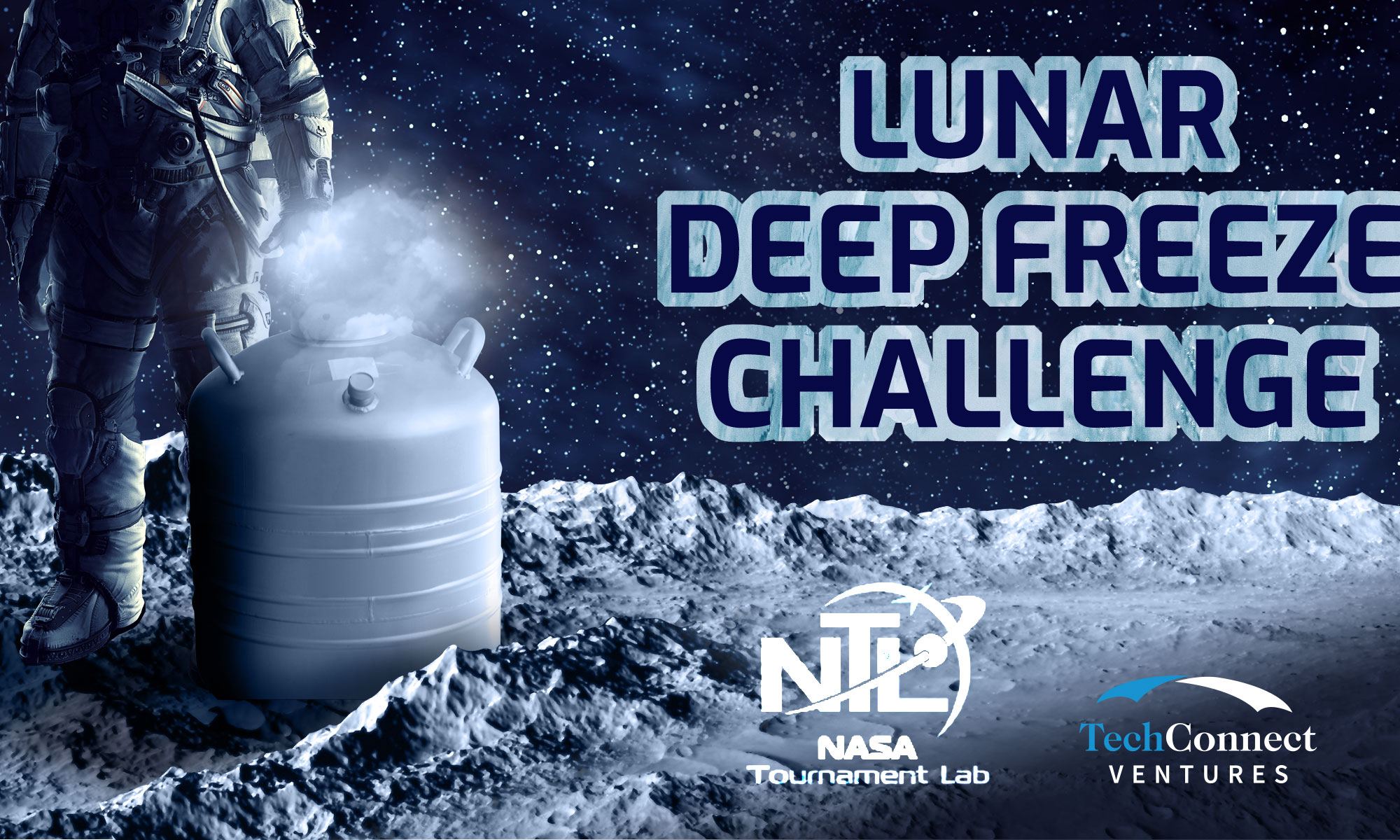When astronauts return to the Moon for the first time since the Apollo Era, they will be tasked with conducting some very lucrative science operations. Like their predecessors, this will include a sample-return mission, where they bring back lunar rocks and regolith for study. There have also been proposals that renewed missions to the Moon bring back samples of lunar ice so scientists can determine where the Moon’s water came from.
And it appears NASA was listening and would like some public input on this! To this end, the NASA Tournament Lab and TechConnect Ventures (a n open-innovation platform) have come together to launch the NASA Lunar Deep Freeze Challenge. Basically, NASA is looking for ideas on how cold samples collected in the lunar polar region could be preserved and kept frozen for the return trip to Earth.
As we explored in a previous article here at UT, scientists have speculated for decades that there could be ice on the Moon. Since the 1990s, numerous robotic missions have confirmed its existence in the permanently shadowed regions (PSRs) located in the South Pole-Aitken Basin. However, the distribution, depth, volume, and (most importantly) origin of lunar water has remained a mystery.

Hence why a lunar ice sample return mission was recommended in a paper by Igor Aleinov (from the NASA Goddard Institute for Space Studies) and his associates that was submitted as part of the Artemis Science Definition Call. It’s also why NASA is looking for innovative solutions on how to keep samples of lunar ice well-preserved and intact, and that rely on methods that are small, lightweight, and efficient.
Chad Hammons, who is managing the challenge through the Gateway Operations Integration and Utilization office (at NASA’s Johnson Space Center), explained the scientific importance of lunar ice samples in a recent NASA press release:
“The analysis of these ultra-cold lunar samples will enable a new generation of scientists and curators to refine their techniques and help us prepare for future missions to the Moon and beyond, while unlocking scientific secrets about the evolution of the Earth, Moon and Solar System. We rely on the global community of innovators to provide valuable ideas to address the challenge of keeping those samples cold and transporting them back to Earth.”
The minimum amount of time for a mission to go from the surface of the Moon to splashdown on Earth is about two weeks. Therefore, NASA has emphasized that the cold stowage system used to transport lunar ice samples must be able to maintain cryogenic temperatures for at least that long. This is defined as temperatures ranging from – 150 °C (-238 °F) to absolute zero (-273 °C; -460 °F).

Maintaining these temperatures is crucial since NASA hopes to determine the isotopic content of the ice samples and the presence of other volatiles. In addition to the vertical distribution of water ice in lunar craters, this will offer clues as to where the Moon’s water came from – whether it was the result of ancient volcanic activity, deposited by comets, or the interaction of solar wind (hydrogen particles) with elemental oxygen.
As they describe the objective of the LDF challenge on the TechConnect Ventures website:
“A universal single-system cryogenic solution that could be used continuously from Human Landing System (HLS) to NASA facilities on Earth would be ideal; however all innovative combinations of approaches, processes and systems that can deliver an actionable solution to this challenge are of significant interest.”
NASA also wants concepts that could be used aboard the Lunar Gateway that is scheduled to be constructed in orbit around the Moon after Artemis III (2024) and completed by 2028. Similarly, systems that can be integrated with the Orion spacecraft and aboard ground-based recovery vehicles are also considered ideal. The goal here is to ensure that sample collection of lunar ice can continue long after Artemis III takes place.
In order to accelerate the adoption of new technologies, NASA has divided the challenge into two separate categories. They include:
Small Transportable Cryogenic Containment Systems:
Submissions for this category must be systems that are portable, modular, and can be installed on multiple vehicles, including the HLS, the Lunar Gateway, and the Orion. It can rely on a active, passive, or hybrid cooling system to maintain samples at constant cryogenic temperatures and must allow for their safe transportation back to Earth.

Long-term Cryogenic Stowage and Transportation:
For this category, NASA is seeking submissions that will lead to long-term solutions for cryogenic stowage, the enhancement of existing cryogenic systems, and progress to be made towards next-generation cryogenic technology. This may include (but not be limited to) systems that lower or eliminate power requirements, are lighter and more compact, enhance performance and efficiency, and leverage future technologies.
A total prize pool of up to $40,000 will be awarded, with $20,000 allocated for each challenge category. The competition will remain open to submissions until November 12th, 2020, and those who are interested in entering are encouraged to check out the competition site for more information.
The study of lunar ice is expected to yield a wealth of information. In addition to answering the enduring question of where the Moon’s water came from, it will also provide insight into the primordial history of the Moon itself. Beyond that, it may also shed light on how water was distributed throughout the Solar System early in its history and even help us to learn how life emerged on Earth.
And it all starts with being able to get our hands on some of that lunar ice and get it home safe and sound! Let’s get on this people!
Further Reading: NASA, TechConnect Ventures

